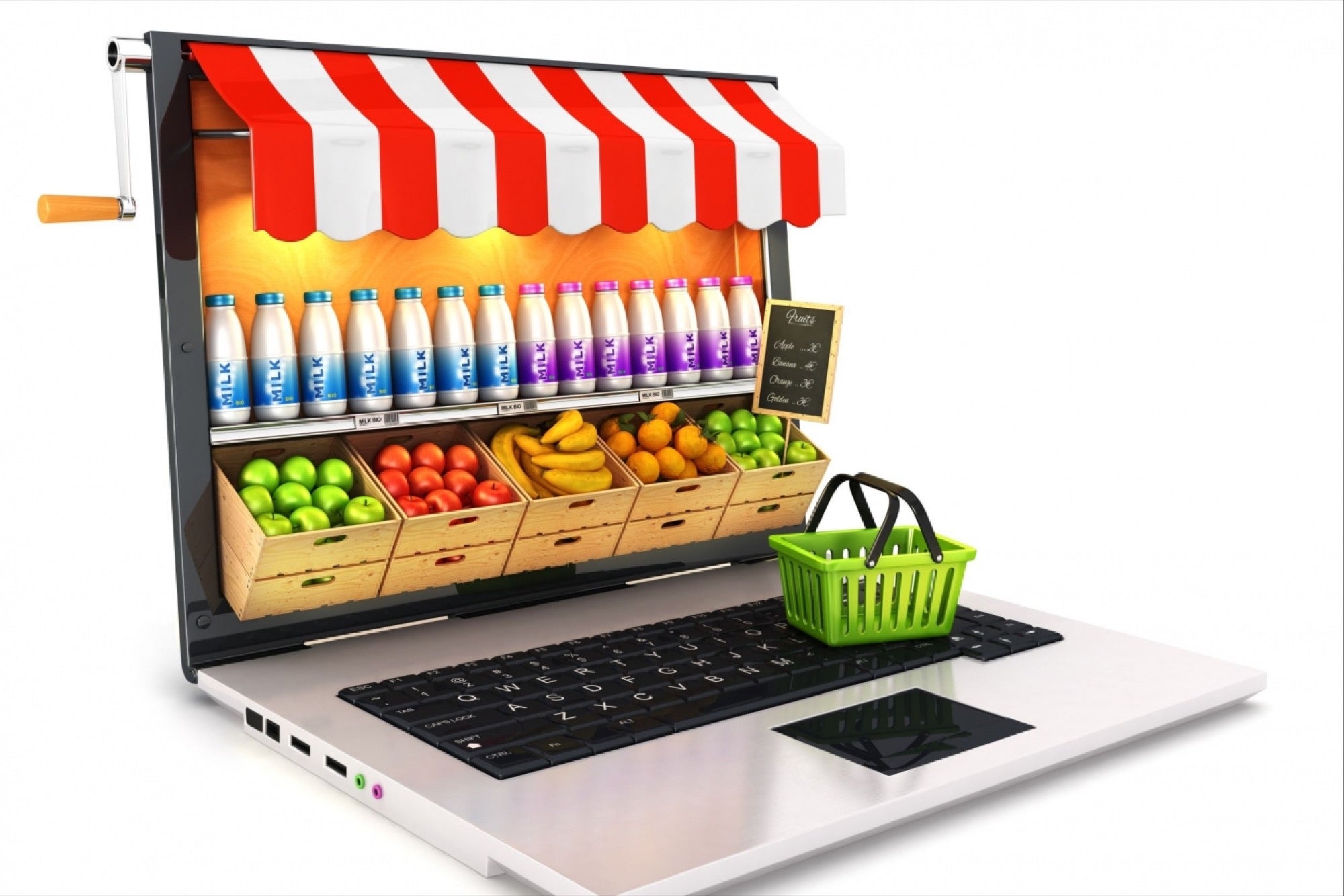The COVID-19 lockdown around the world introduced online grocery to many shoppers for the first time, boosting an industry that had long drawn skepticism. In China particularly, the older generations often worry about buying perishable food without scrutinizing them in person.

Need for Missfresh
Still, venture investors are bullish on the future of online grocery. One beneficiary is China’s Missfresh, which announced (in Chinese) Thursday a new funding round of $495 million led by a fund under state-backed China International Capital Corporation. Other investors include ICBC International Securities, Tencent, Abu Dhabi Capital Group, Tiger Global, and a fund managed by the government of Changshu county, home to Missfresh’s east China headquarters. By placing mini-warehouses closer to customers, the six-year-old startup is able to offer 30-minute delivery to households across 16 Chinese cities.

Few players are able to compete in e-grocery, for the business requires early investment in large-scale cold chains and expensive user acquisition to make home deliveries profitable. Unsurprisingly, almost all forerunners in China’s online grocery are backed by or collaborate with an internet giant.

Missfresh is deeply integrated into Tencent’s WeChat messenger. Alibaba has its own in-house Freshhippo supermarket chain that comes with a delivery service. Restaurant delivery platform Meituan added grocery to its offering last year. Dingdong Maicai is a rare case without the backing of a major tech firm, seeking funds from venture capital institutions like Qiming Venture Partners and Gaorong Capital.

Some question how many new adaptors will stick to on-demand grocery shopping in post-lockdown life. Research suggests they may. China saw 11.6 million more daily active users of e-grocery in May compared to the same period a year before, according to research firm QuestMobile. Consumers may be hooked to the convenience, but those who see their corner stores shutter due to lost business during the lockdown don’t have a choice but to go digital.
Source: TechCrunch




